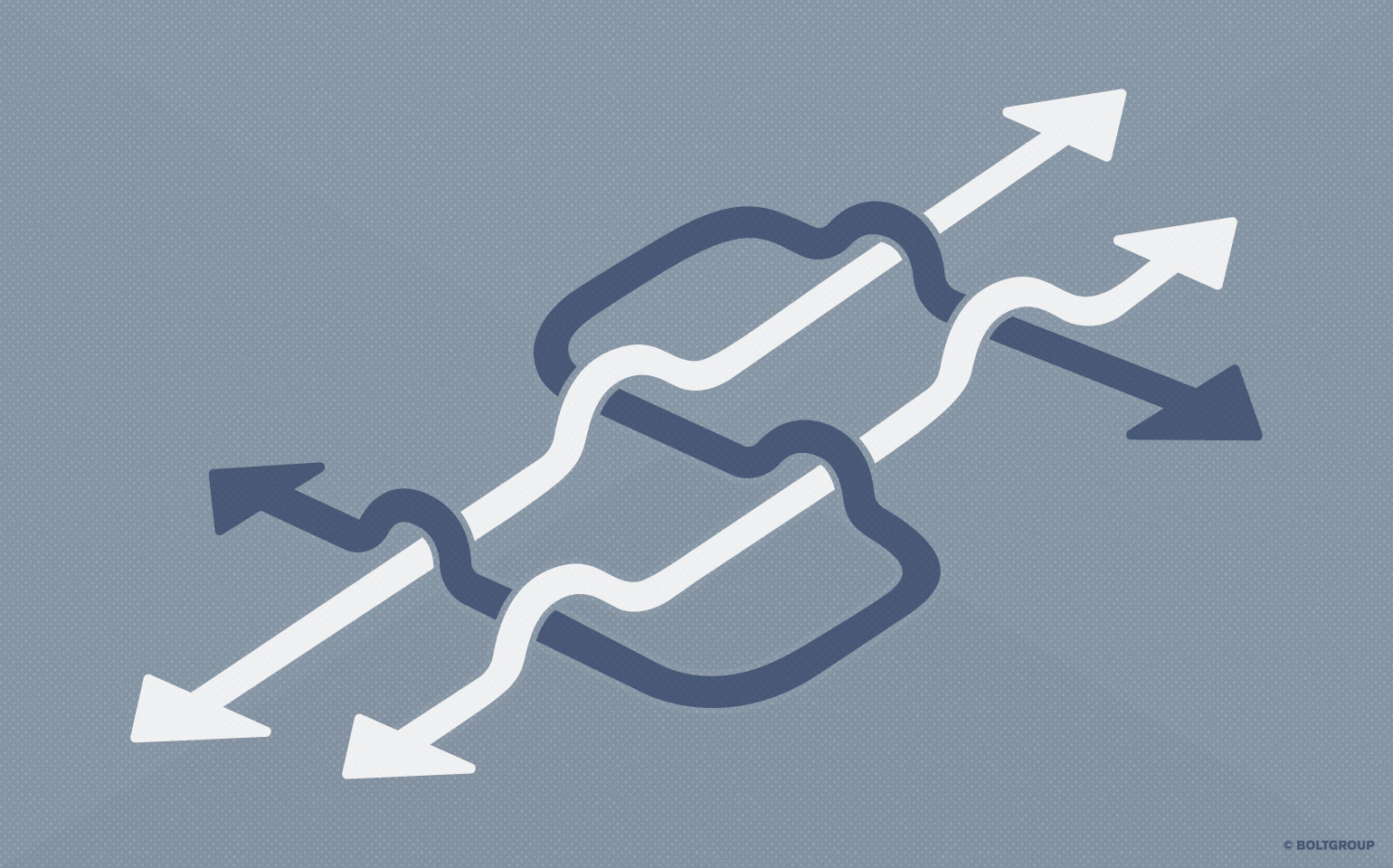Across America product managers are keeping secrets from their design teams. At the “fuzzy front-end” of product innovation, these design managers shield their creative teams from the target price of the product, fearing such knowledge may stifle or constrain creative thinking. After all, “hitting a cost target” is about as inspiring as a wet sandwich. And even when the creative team is aware of the price target, it is often ignored or de-prioritized to allow creativity to flow. “Let’s throw a bunch of big ideas out there,” the thinking goes, “and let engineering sort it out later.” This may be a great formula for bold creative exploration, but does it lead to a successful product launch? Consider this example.
A few years ago, our product development team was working on an exciting and innovative new product. It would be so innovative, the rationale went, that it was impossible to predict the perfect price (since there was nothing to compare it to). Our team grew anxious as the program went on and the client requested more and more costly features. When it finally launched, it was priced at nearly double the cost of the nearest competitor. Not surprisingly, it gathered dust on shelves, burdened with features no one bothered to ask if the customer really wanted (or wanted to pay for).
It’s no surprise that in nearly every product category price is one of the most important customer considerations when making a purchase. At BOLTGROUP we regularly conduct research to learn what factors motivate consumers to select one product over another. Price is never far from the top. Understanding what the consumer wants and needs, and the price they are willing to pay, is key to launching a successful product. And that’s why wants, needs, and price must be baked into the innovation process from the very beginning.
Experienced product development professionals understand that well-thought-out and detailed design criteria are not impediments to creativity, but rather the underpinning architecture of successful innovation. And target price is among the most important project criteria. By collaborating early with manufacturers, designers and engineers can focus on developing solutions and using materials and processes that are cost appropriate and realistic.
This doesn’t mean your new product can’t be priced higher than your competitor’s. It just means that innovation and desirability must justify the price. If the product solves an important user issue with superior design—if it is desirable enough—it could be embraced by customers at a previously unheard of price level. Dyson did it with the upright vacuum, and Apple did it with the mobile phone. At BOLTGROUP we once worked on a propane floor burnisher where the existing retail price ceiling was $2,300, but our solution became a best seller at $4,000.
So, you need to give your creative teams good guidance on target price. Of course, that means you need to know what the right price is. How do you know what consumers will pay for a product that doesn’t exist? Ask them! Have in-depth conversations with your customers to learn what they need and what they will pay for it. You can even segment your customers by the price they’ll pay, and design customized solutions to each segment. Your customers are different, so you should be designing different products at different prices, to serve them.
And, by all means, loop your creative team in from day one. It’s your best formula for precisely the right design at precisely the right price.
